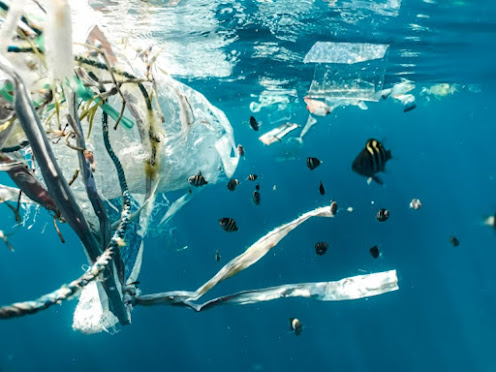Seals v. Debris and Pollution
Carr, S. (2021,
September 23). Seal is pictured with swimming goggles stuck around its neck -
sparking warnings over the dangers of plastic pollution in the sea. In Daily
Mail. Retrieved from https://www.dailymail.co.uk/news/article-10020939/Seal-Hornsey-Beach-stuck-swimming-goggles-sea-pollution.html
How plastic
pollution is affecting seals and other marine life. (2017, November 17). In
World Animal Protection. Retrieved from https://www.worldanimalprotection.org/news/how-plastic-pollution-affecting-seals-and-other-marine-life
Krynauw, K.
(2020, July 23). Plastic Pollution is making our seals suffer!. In GreenPeace.
Retrieved from https://www.greenpeace.org/africa/en/blogs/11711/plastic-pollution-is-making-our-seals-suffer/#:~:text=Once%20entangled%20in%20this%20plastic,caused%20by%20negligent%20human%20behaviour.
Toxic Seals: Our
Polluted Waters. (n.d.). In Seal Sitters. Retrieved from https://www.sealsitters.org/dangerous_waters/toxic_seals.html
Image References
Boyle, J. (Photographer). (2020). Seal swimming with goggle entangled around its neck. [Image of photograph]. Horsey Beach, Norfolk; SWNS. Retrieved from https://i.dailymail.co.uk/1s/2021/09/23/13/48287739-10020939-image-a-50_1632398431986.jpg




Comments
Post a Comment